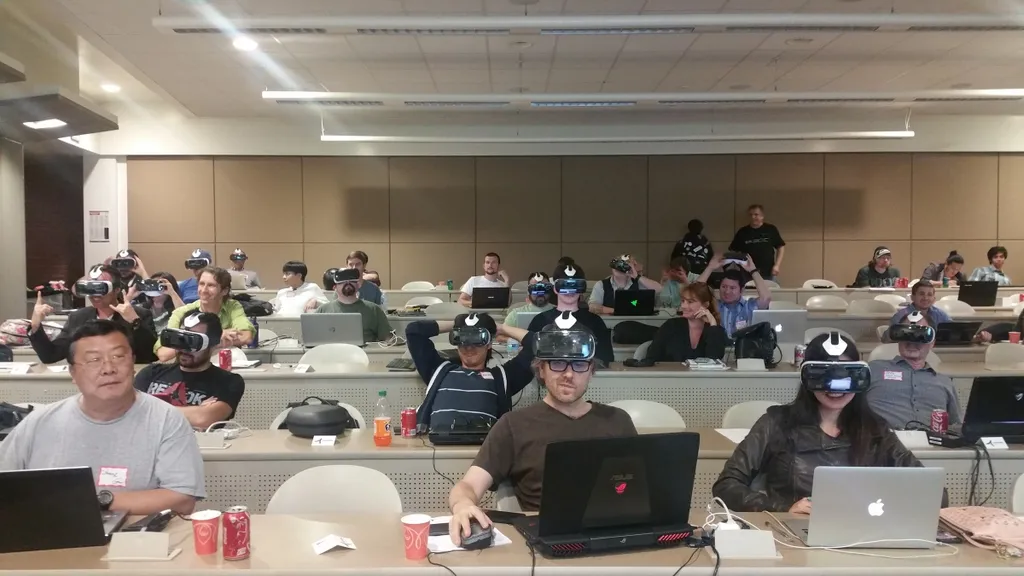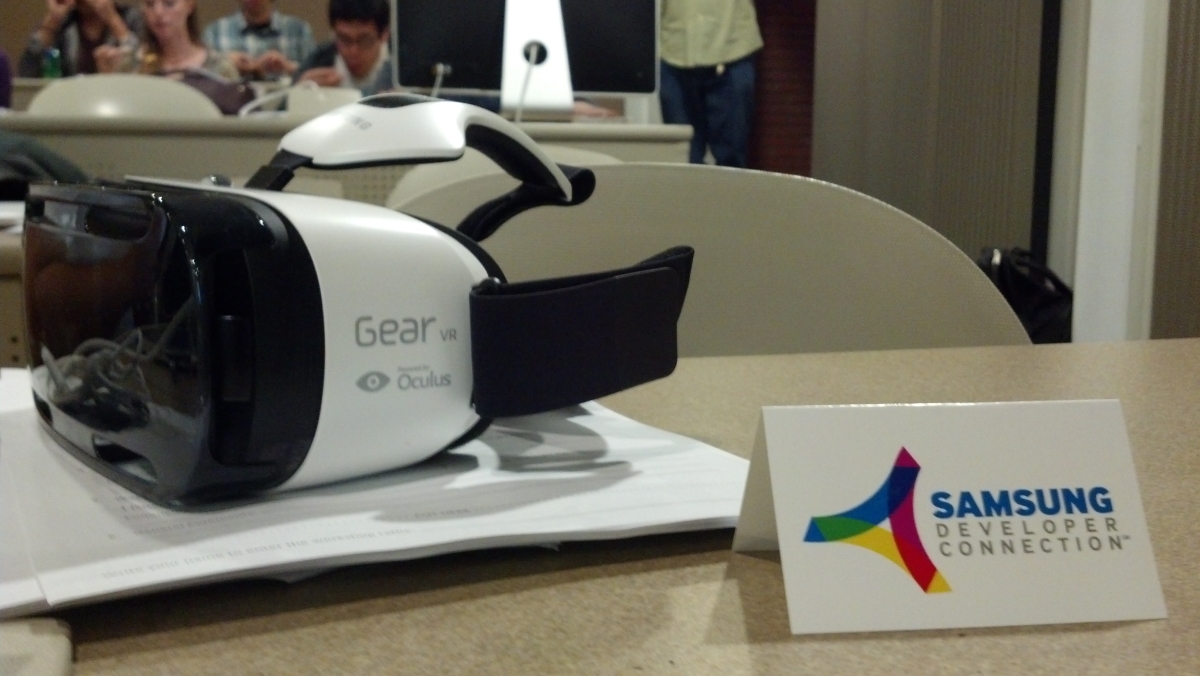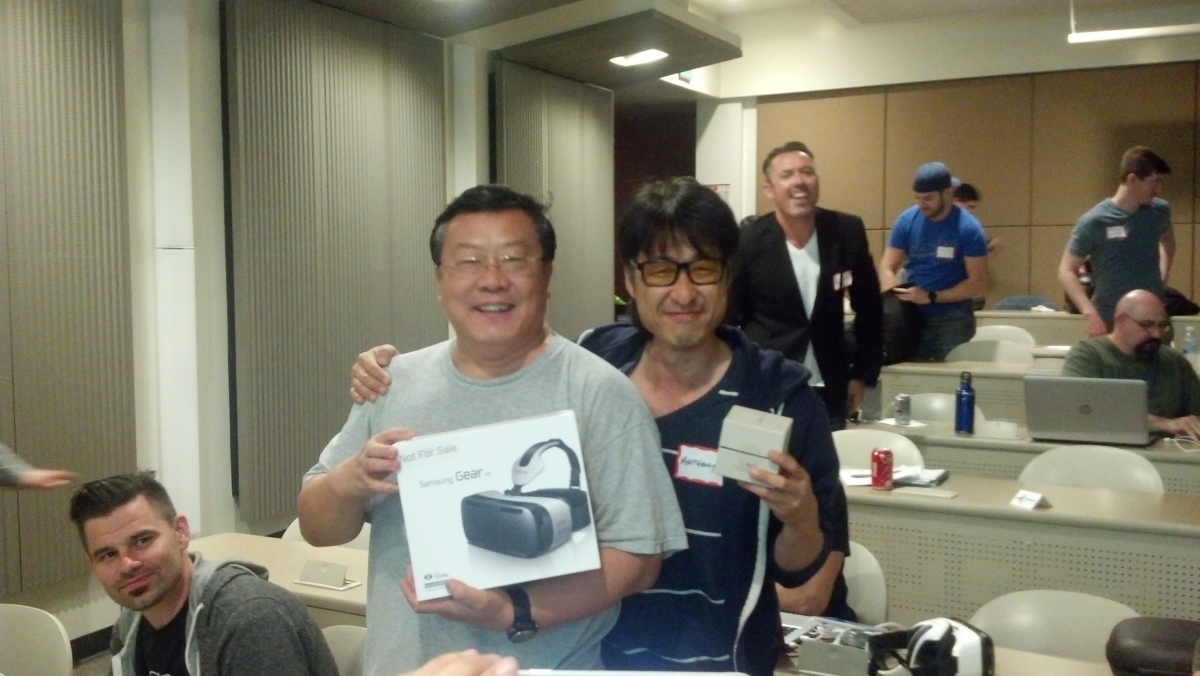During a one night coding session in Long Beach, California, about 60 people showed up at a university media room to learn how to create their very 1st mobile virtual reality experiences. The result had dozens of developers floating over newly created computer-generated globes all at the same time, taking the meaning of ‘Hello World’ to an entirely new level.
This particular class was organized through a collaboration between two local virtual reality-focused meetups. Both groups center around developer and education interactions and not consumer-facing alternatives. One of the organizations in part consisted of Dylan Watkins and Matt Kinney from Orange County Virtual Reality (OCVR). They teamed up with Christopher Cain and Aaron Gutierrez from Long Beach Virtual Reality (LBVR) to bring in more students interested in the lesson. Together OCVR and LBVR had a strong software background. Still, they would need virtual reality hardware to give the attendees the necessary tools to start developing mobile virtual reality applications. This is where people from the official Samsung’s Developer Connection program stepped in to lend out 20 Gear VR headsets to all those who needed them.
The scheduled lesson began at 7pm, but those eager to learn showed up hours early. As I walked in the room around 6:45pm, mounds and mounds of food were laid out on table near the entrance. Chicken, beans, rice, chips, and salsa were all available to eat. Ice cold drinks floated in a cooler on the floor. Delicious smells wafted out the door, greeting everyone who ventured inside.
Rows of seats filled the lecture hall in a stadium level format. At the front of the room was a fold-out table with a blue cloth draped over it. A banner with Samsung’s name plastered on it sat next to the quasi-exhibition booth as developers and students ate their meals. Behind the table was cardboard boxes full of black round cases each containing new Gear VR headsets lined up against the walls; like building blocks typically found in a child’s playhouse. Anyone could grab one if they didn’t already have their own headset. Those with phones other than a Galaxy Note 4 were able to leave their credit card and ID as collateral. No charges were necessary unless something unexpected happened.
This class was on the brink of the upcoming Oculus Mobile VR Jam that would take place from April 13 to May 11, 2015. With $1,000,000 worth of prizes up for grab, OCVR and LBVR wanted to get students and developers ready for the challenge. The first step was to introduce the uninitiated to the mobile virtual reality development world. Since Samsung brought in the hardware, all the people interested had to do was bring a personal computer and download free software. Most of them coded with portable laptops that night with two beefy desktops used in the minority. About half the operating systems were made by Apple and the other half Windows. One Razer computer with Windows sat in between. Still, no Linux machines were visible at this time.
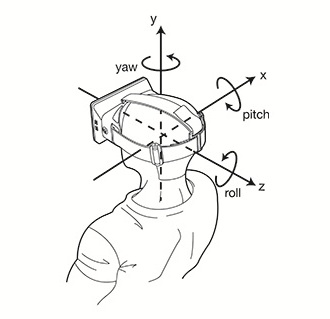
Introductions began with Emily Kim who is the Partner Manager at Samsung. She let everyone know that there was a couple of the Gear VRs and Note 4s still available at the front. She also gave out handfuls of 15Gb Samsung USB drives with custom code on them that would be used during the lesson. After a quick disclaimer about security and liability by Emily Kim, Saedi Asanjan (Senior Engineer for Samsung) went through the basics of the Gear VR headset, Note 4 smartphone, and how they worked with each other to display virtual reality content. As seen in Asanjan’s presentation slides, the Note 4 display is a low persistence 1440p AMOLED screen. The optical lens produce a 96 degree field of view (FOV). Accelerometer, gyro, and proximity sensors track the movements. The touchpad on the side of the Gear VR is for physical user interface interactions along with the volume rocker and back key. Asanjan went on to discuss how virtual reality headsets gather orientation data. Stereoscopic vision was described as well.
After the quick intro by Asanjan, Mark Shoennagel (Technical Evangelist for Unity) walked to the podium and opened up the Unity game engine to show a few of starting steps. He then passed the baton back to Asanjan who then went through SDK integrations, plugins, and importing the exercise files off of the USB sticks. As he taught the class, Elicia Kim (Technical Writer at Samsung) and Emily Kim provided support to those who needed extra help. They were very good at noticing if anyone was struggling and quickly assisted to resolve any issues or misunderstandings.
This lesson was informal the way through, which allowed for people to ask questions along the way. Obviously, one of the hot topics of discussions was how to add extra controllers to this system. Input solutions was on a lot of people’s minds.
Throughout the night, developers peered into virtual reality realms; not as spectators but as creators. When they finally began to understand how all the interconnecting parts of the VR stack worked, the VR headsets went on. Magic occurred when separate developers across the room would strap on Gear VRs in an instant. It was like epiphany moments that lit up like light bulbs together as the students figured out the process at the same time.
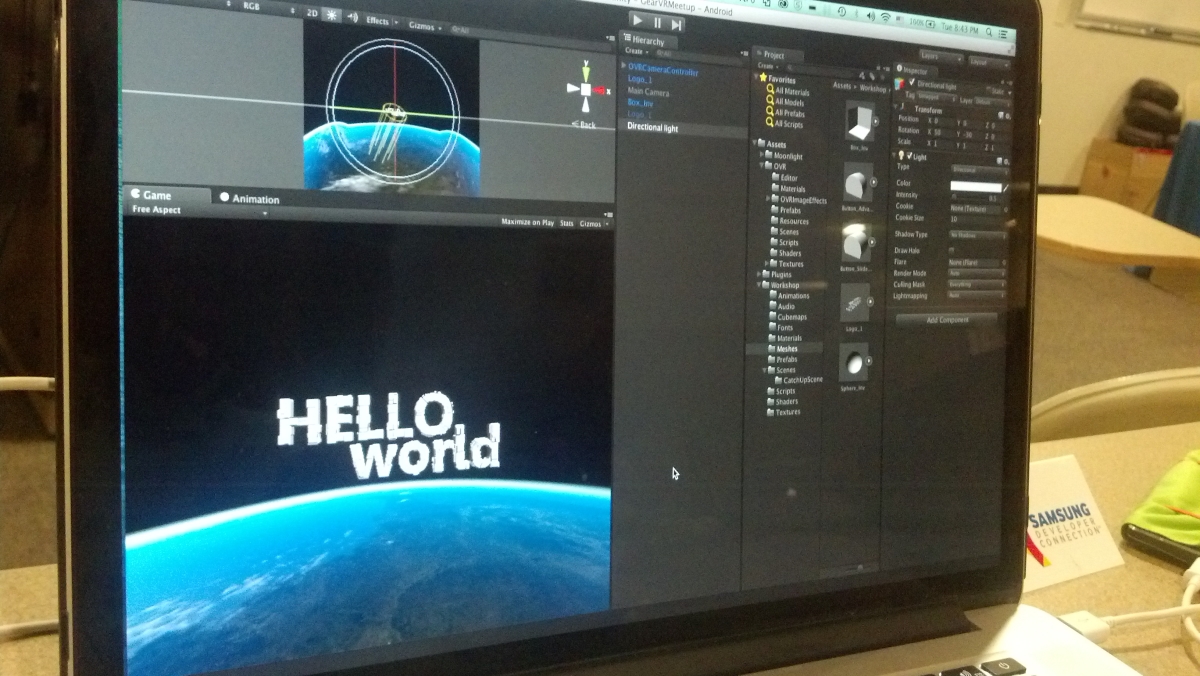 The demos created that evening resulted in computer generated globes that could be accessed through the Gear VRs and Note 4s. With the headsets on, people could see the earth below as they hovered above it looking down. It was awe-inspiring to say the least. Talk about a good way to get people introduced to virtual reality programming. In only a couple of hours, developers can create brand new worlds with hovering text above them that jiggle in such an enjoyable way. No longer does the infamous ‘Hello World’ output that coders normally create in their 1st programs look so boring. Instead, the meaning of those lines of code have much more depth now; literally. 2D computing is finally heading towards 3D, and this class helped spark that trend.
The demos created that evening resulted in computer generated globes that could be accessed through the Gear VRs and Note 4s. With the headsets on, people could see the earth below as they hovered above it looking down. It was awe-inspiring to say the least. Talk about a good way to get people introduced to virtual reality programming. In only a couple of hours, developers can create brand new worlds with hovering text above them that jiggle in such an enjoyable way. No longer does the infamous ‘Hello World’ output that coders normally create in their 1st programs look so boring. Instead, the meaning of those lines of code have much more depth now; literally. 2D computing is finally heading towards 3D, and this class helped spark that trend.
At the end of the night, Mark Shoennagel got back on stage and mentioned that he had a special surprise for everyone. That morning developers across the world sent him the latest build of Unity 5.0 with official Gear VR support. He gave all those in attendance exclusive alpha access to the software platform through a download bit.ly link. Everyone was super excited for that, and a round of applause echoed throughout the room. From there, Samsung raffled off a brand new Gear VR headset and a Galaxy S smart-watch to two lucky developers. Smiles were everywhere.
Overall, OCVR and LBVR did an amazing job at organizing the event. Samsung especially stood out as their level of support of the local VR community remains unmatched by anyone other than Oculus (who has provided DK2s for OCVR hackathons in the past). Every time I meet the electronics giant, I am pleasantly surprised. For instance, at the Samsung Developer Conference (SDC) in San Francisco last year, they gave out new smart-watches to everyone that purchased a regular ticket. Not to mention, the after-party during SDC was so spectacular that I will never forget how much food, drinks, and various forms of entertainment were setup around every corner. Not only does Samsung know how to throw an epic party, but they understand the importance of supporting the community. Samsung requires content creators to exist. Without applications, their hardware means little. With that in mind, they know that they must give the developers what they need to create whatever ideas pops into their heads. That includes hardware tools, software platforms of their own, and of course tons of food. So, if you are interested in developing content for mobile VR, I recommend going along the Samsung path. They will take care of you to the best of their abilities, and that has been proven over and over again!
In further preparation for the upcoming Oculus VR Jam, OCVR is hosting a hackathon in Irvine, California dubbed “The Dawn of Mobile VR” at the Institute for Innovation on April 11th, 2015. It will be a two-day event and will give developers more time to work with Gear VR headsets. More info is found on their meetup page. Check it out! http://www.meetup.com/OC-Virtual-Reality-Meetup/events/221135168/

